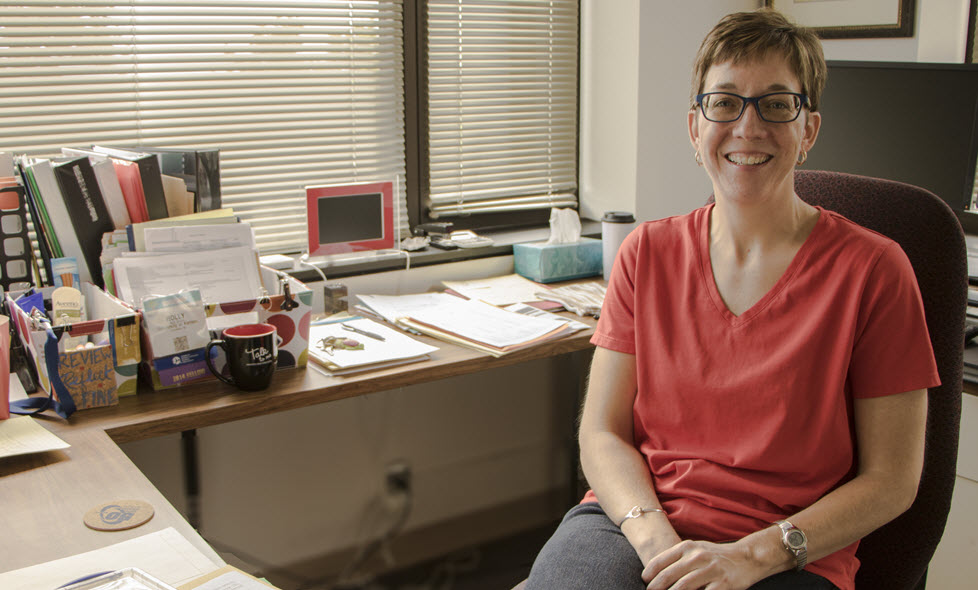By Doug Ward
Women teach a sizable majority of online courses at KU, even though men make up a sizable majority of the university’s faculty.
Data provided by Laura Diede, the associate director at the Center for Online and Distance Learning, shows that of 171 online courses that CODL worked with in the 2014-15 school year, 60 percent were taught by women.
That’s especially interesting when you consider that of 1,649 faculty members on the Lawrence campus that fiscal year, only 42 percent were women.
I’ve not been able to find comparable data for online courses nationally, so I have no way to know whether the dominance of women in online teaching is unusual or not. In general, faculty members have been highly skeptical of online courses. In a recent survey by Inside HigherEd, more than half of faculty members said they didn’t think online courses could achieve the same level of learning as in-person classes. That attitude makes many long-time faculty members resistant to, if not hostile toward, online teaching.
Still, Diede and I still puzzled over the high percentage of women teaching online courses at KU. We came up with three possibilities:
- Women are more willing than men to try new approaches to teaching.
- Women prefer the flexibility that online teaching provides.
- Men, who are more likely to have tenure, are more likely to refuse to teach online courses.
That last possibility seems the most likely, although there may be factors we hadn’t thought about. Whatever the case, it will be interesting to see whether this trend grows as the number of online courses grows.
Female instructors score slightly higher in online course evaluations
The data that Diede provided about online courses also showed another interesting facet of online teaching at KU: Female instructors score slightly higher than their male counterparts on student evaluations.
This runs counter to a widely publicized recent study (and widespread perceptions) that argued that student evaluations are inherently biased against female instructors. I’m not going to wade into that debate here other than to say that student evaluations of teaching are problematic on many levels. The reliance on them as the sole measure of teaching quality benefits no one.
Fear and loathing about good teachers
The observation below is from Richard M. Felder, a professor emeritus at North Carolina State University. It was reprinted this week on Tomorrow’s Professor. It’s something I wonder about frequently and have talked about repeatedly with colleagues who value high-quality teaching:
“Some departments I know, including mine, have in the past hired faculty members who were exciting and innovative teachers and who didn’t do research. Some departments I know, again including mine, have hired former professionals with decades of practical experience who also didn’t do research. Both groups of faculty members did beautifully, teaching core courses brilliantly and serving as supportive advisors, mentors, and role models to the undergraduates who planned to go into business or industry after graduation. Professors like that are the ones students remember fondly years later, and endow scholarships and student lounges and sometimes buildings in honor of. And yet the thought of bringing one or two of them into a 20-person department faculty instead of hiring yet another research scholar who looks pretty much like the other 18 or 19 already there is unthinkable to many administrators and professors. Why is that?”
Doug Ward is the associate director of the Center for Teaching Excellence and an associate professor of journalism. You can follow him on Twitter @kuediting.






Recent Comments